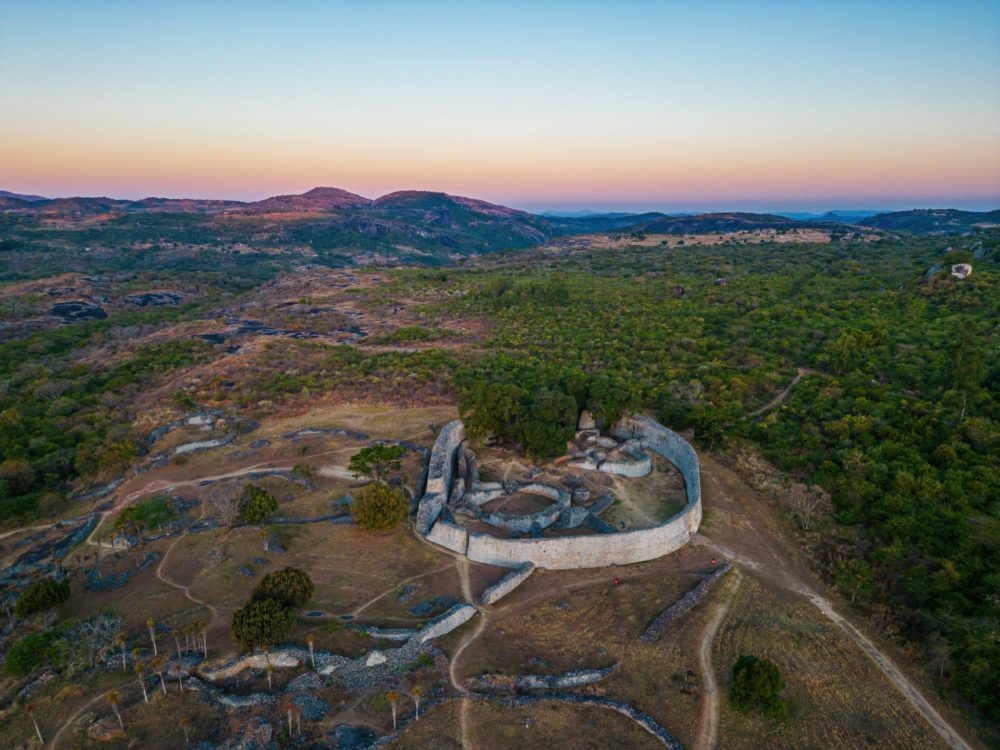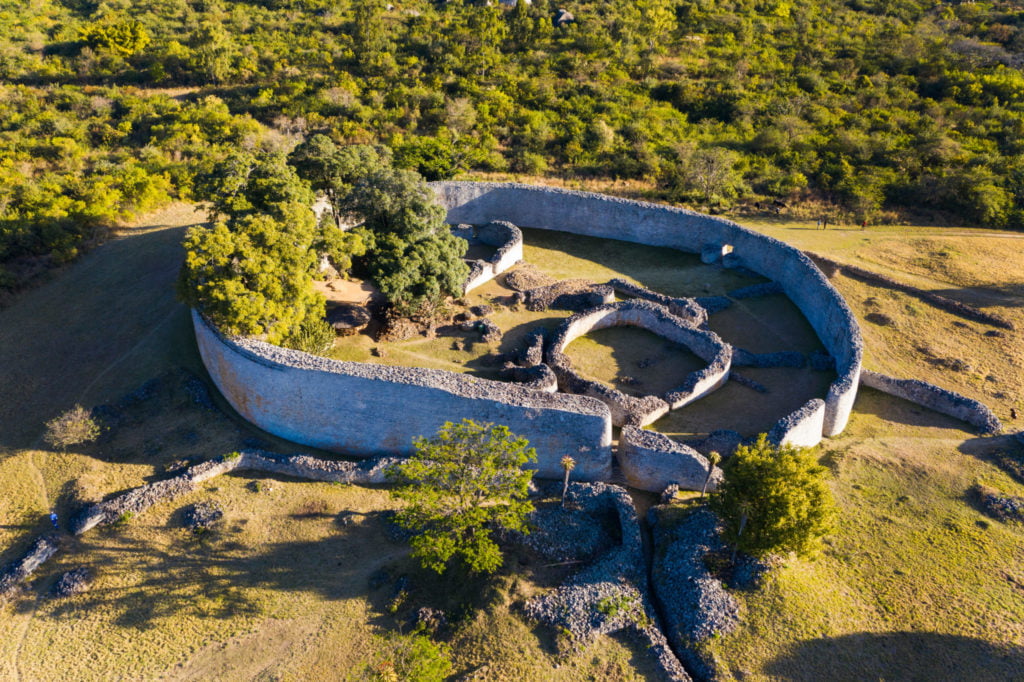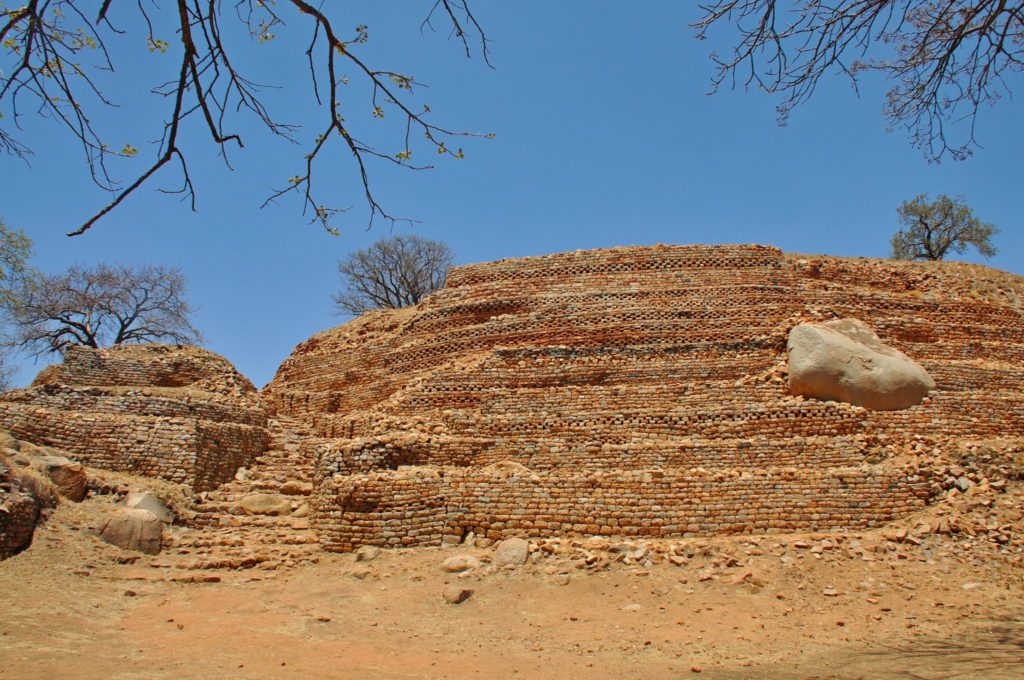
Student Blog: Civil Engineering of Great Zimbabwe

Happy Black History Month! My name is Aisha and I’m a first-year student at TEDI-London.
A while back, one of my favourite YouTube channels covered Great Zimbabwe, and the architectural wonders of this medieval civilisation has stuck with me to this day. African history and feats are often overlooked or erased, so I would like to take this opportunity to highlight the ingenuity of Africans, to honour their feats and provide inspiration for other engineers to create solutions that tackle the world’s problems.
About Great Zimbabwe
Great Zimbabwe was a medieval south African city located in – you guessed it – present day Zimbabwe. The remains of this city are the largest ruins in sub-Saharan Africa known to man, second only to the Egyptian Pyramids. The ruins consist of three parts: the Valley Complex, the Hill Complex, and the Great Enclosure. The valley region is where the commoners of the society were believed to be housed – the houses of that complex were simple and did not stand the test of time. The Hill Complex meanwhile is said to have housed the ruler at the time. This inference was made by studying Shona culture – the ethnic group descended from the citizens of Great Zimbabwe – and discovering that it was commonplace to house a ruler high up as a symbol of their rulership and spiritual power. The purpose of the Great Enclosure is quite obscure and up for debate by historians. Despite the mysteries behind the intention of the enclosure, its grandeur led to the ruins being named a UNESCO world heritage site in 1986.

The engineering prowess of the Great Enclosure
Marvellous architectural and sophisticated civil engineering prowess are showcased in the Great Enclosure; its walls are 250m long, 10m tall and up to 6m thick in some areas. It is like the structure extends from the environment instead of dominating it, like it was built with the environment instead of against it. This effect comes from the fact that the bricks used in the enclosure were quarried from surrounding granite rock in the area; the granite was heated then doused in water which created uniform bricks. Intentional shaping of the bricks meant the structures didn’t need mortar to remain intact. Instead, each brick fit perfectly into place, arranged so perfectly the structure stood the test of time, going 700 years without repairs. The base bricks of the walls are thicker at the bottom and taper at the top, creating stability and flexibility, thus withstanding movement without collapsing. All surfaces of the building are curved; while I am unsure about whether this was a choice motivated by aesthetics or not, I know that medieval castles in England had the same adaptation to make sieges from enemies more difficult – so there could be a military motivation behind this design feature.
The fact that the architects and engineers of Great Zimbabwe considered all of this in their design work demonstrates sophisticated knowledge. Not only in stone masonry, physics, and engineering, but also in art and creativity as shown by the display of decorative patterns across large sections of the structure’s walls. What’s more, the practice of building architecture so that it augments the environment instead of destroying it has been foreign to the west until more recent strides towards environmental consciousness and appreciation. The strategic decision made by Great Zimbabwe’s architects and civil engineers to compliment nature is perhaps even more impressive when observed through today’s lens.

An abandoned city
The name Zimbabwe is believed to be derived from the Shona word ‘Madzimbabwe’, translating to ‘Great House of Stone’ – a fitting description for the city in my opinion. The city is thought to have been inhabited from 1100 AD to 1400 AD; it boasted a population of roughly 18,000 and was a major African trade centre within the larger Indian intercontinental trade routes for highly lucrative products: gold, ivory and copper. The city was also well-connected to other major trading hubs across the Swahili – or East African – coast. The city alone apparently exported up to 30% of all the gold in circulation globally at the time! The Shona people of Great Zimbabwe enjoyed the fruits that came with being a powerhouse in inter-continental trade and flourished economically, boasting Indian glass beads and Chinese pottery – these remains were discovered in the ruins by archaeologists. Despite the wealth of the city, Great Zimbabwe had quite humble origins – starting out as an agricultural community. The city was eventually abandoned. Why? Sadly – like a lot of the city’s history – it remains a mystery.
View this post on Instagram
If you are interested in learning more about this powerhouse and the sophisticated engineering and architecture of its people, you can check out the links below:
History Summarized: Great Zimbabwe
Great Zimbabwe & The First Cities of Southern Africa // History Documentary
Who built Great Zimbabwe? And why? – Breeanna Elliott
A Quick History of the Great Zimbabwe Empire
Great Zimbabwe National Monument (UNESCO/NHK)
Great Zimbabwe : Fascinating History of Africa
A History of Great Zimbabwe: The Rise and Fall
The Great Zimbabwe: Architectural Marvel of Africa
Check out more student blogs.
More Student blogs articles

